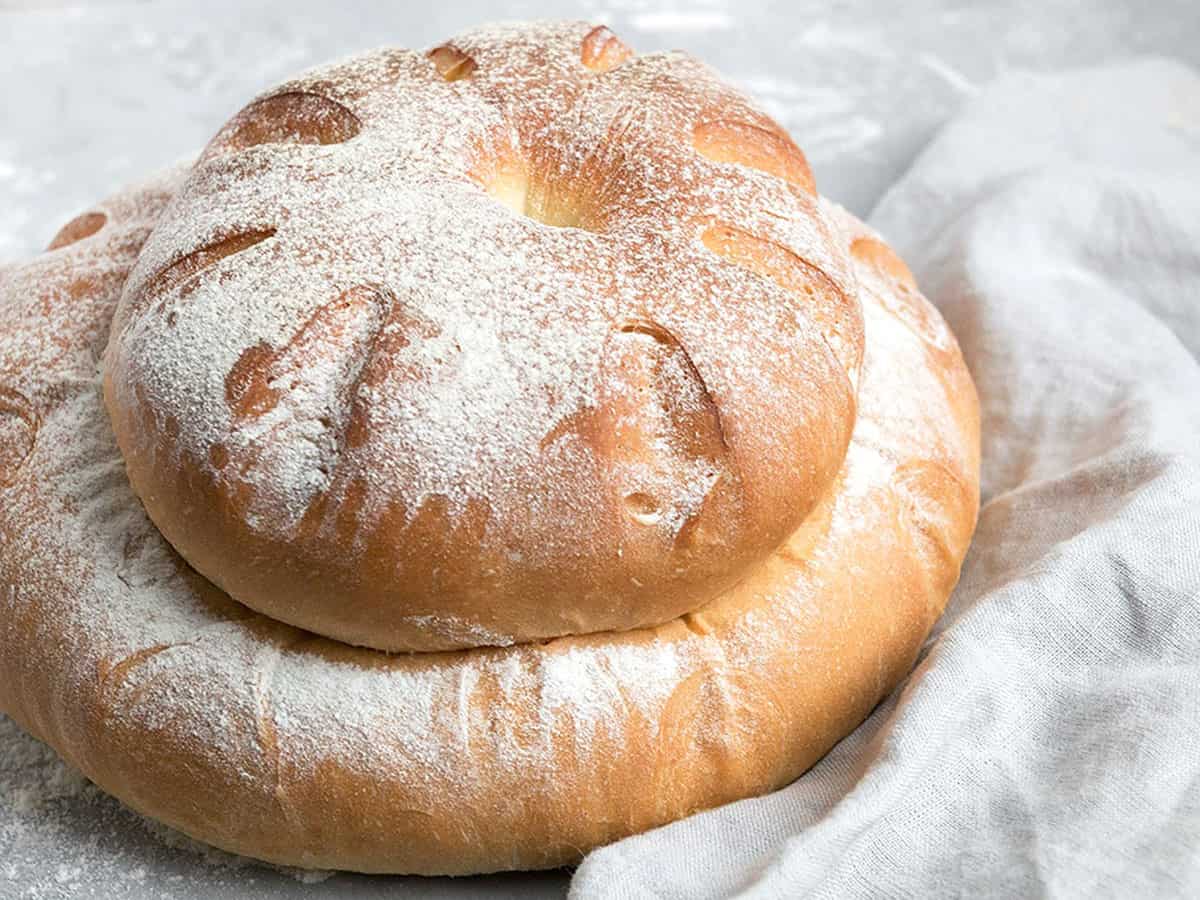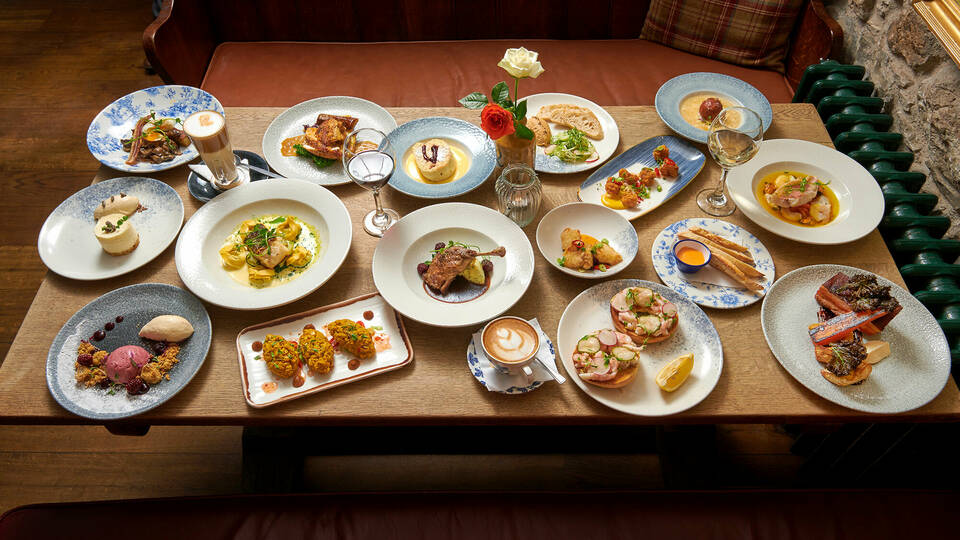Exploring The Cottage Loaf: A Traditional British Bread
The Cottage Loaf, a quintessential British bread, is a charming and iconic loaf characterized by its distinctive shape and soft, fluffy texture. In this article, we'll delve into the world of The Cottage Loaf, exploring its history, ingredients, and culinary appeal.
1. Introduction to The Cottage Loaf
1.1 Historical Significance
- The Cottage Loaf has been a staple of British baking for centuries, with roots dating back to traditional cottage kitchens and village bakeries.
- Its unique design, featuring a smaller ball of dough stacked atop a larger one, is said to have originated as a practical solution for maximizing oven space and ensuring even baking.

the cottage loaf
1.2 Cultural Icon
- The Cottage Loaf holds a special place in British culinary heritage, evoking images of cozy cottages, country living, and hearty homemade meals.
- It's often enjoyed as part of a traditional British breakfast, served alongside butter, jam, or a savory spread.
2. Ingredients and Preparation

the cottage loaf
2.1 Key Ingredients
- Flour: High-quality bread flour forms the foundation of The Cottage Loaf, providing structure and texture to the finished loaf.
- Yeast: Active dry yeast or instant yeast is used to leaven the dough, resulting in a light and airy crumb.
- Water: Lukewarm water is mixed with the yeast and flour to create a smooth and elastic dough.
- Salt: A small amount of salt enhances the flavor of the bread and helps to regulate the yeast's activity.
2.2 Preparation Method
- The dough for The Cottage Loaf is prepared using traditional bread-making techniques, including mixing, kneading, proofing, and shaping.
- After the dough has risen, it's divided into two portions: a larger one for the base and a smaller one for the top.
- The smaller portion of dough is shaped into a ball and placed on top of the larger portion, forming the distinctive double-decker shape.
- The loaf is then baked in a hot oven until golden brown and hollow-sounding when tapped on the bottom.
3. Serving and Enjoyment
3.1 Culinary Uses
- The Cottage Loaf is versatile and can be enjoyed in various ways, including sliced and toasted for breakfast, served alongside soups and stews, or used as the base for sandwiches.
- Its soft interior and crusty exterior make it an ideal accompaniment to both sweet and savory dishes.
3.2 Serving Suggestions
- Slice The Cottage Loaf and serve it with butter and jam for a classic British teatime treat.
- Use it to make sandwiches filled with traditional British ingredients such as ham, cheese, and pickles for a satisfying lunch option.
- Serve thick slices of The Cottage Loaf alongside a hearty beef stew or vegetable soup for a comforting dinner.
4. Conclusion
In conclusion, The Cottage Loaf is a beloved symbol of British baking tradition, cherished for its rustic charm and delicious flavor. With its distinctive double-decker shape and soft, fluffy interior, it's a versatile bread that can be enjoyed in a variety of ways. Whether served as part of a traditional breakfast, lunch, or dinner, The Cottage Loaf is sure to delight taste buds and evoke fond memories of home and hearth.